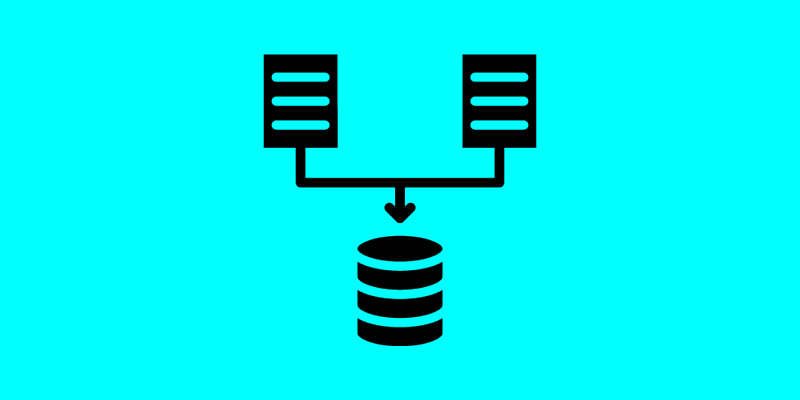Nourishing Your AI Brain
Welcome back, DIY AI enthusiasts! Now that you’ve equipped yourself with the power of TensorFlow or PyTorch, it’s time to feed your model with the lifeblood of AI: data. In this post, we’ll explore the crucial steps of selecting the right dataset, where to find it, and the art of preparing your data for optimal model performance. So, grab your data buckets; we’re diving into the ocean of possibilities!
Choosing a Dataset: A Crucial First Step
Imagine your dataset as the paint on the canvas of your AI masterpiece. Choosing the right colors (data) will determine the beauty and accuracy of your final creation. Here are key considerations:
- Dataset Selection: There are numerous image classification datasets available, each tailored to specific tasks. Popular choices include CIFAR-10, ImageNet, and MNIST. Think about the nature of your project and select a dataset aligned with your goals
- Source of Datasets: Platforms like Kaggle, UCI Machine Learning Repository, and TensorFlow Datasets offer a diverse range of datasets for various purposes. Dive into these repositories to discover the perfect dataset for your DIY AI project
- Size and Diversity: Consider the scale and diversity of your dataset. A good dataset should be large enough to capture a variety of scenarios relevant to your project, ensuring that your model generalizes well to unseen data
Data Preprocessing
Raw data is like clay waiting to be sculpted. Let’s mold it into a form that your AI model can understand and learn from.
- Resizing: Ensure all images in your dataset are of a consistent size. This not only makes computation more efficient but also provides uniformity for the model.
- Normalization: Normalize pixel values to a standard range (usually 0 to 1 or -1 to 1). Normalization enhances model convergence and performance.
- Augmentation: Augmenting your data introduces variations like rotations, flips, and zooms. This helps your model become robust to diverse real-world scenarios.
Code Implementation: Data Loading and Preprocessing
Let’s bring theory into practice with code examples for both TensorFlow and PyTorch:
For TensorFlow:
import tensorflow as tf
from tensorflow.keras.preprocessing.image import ImageDataGenerator
# Load the dataset (CIFAR-10 for example)
(train_images, train_labels), (test_images, test_labels) = tf.keras.datasets.cifar10.load_data()
# Data preprocessing
datagen = ImageDataGenerator(
rescale=1./255,
rotation_range=20,
width_shift_range=0.2,
height_shift_range=0.2,
horizontal_flip=True
)
# Create a data generator
train_generator = datagen.flow(train_images, train_labels, batch_size=32)For PyTorch:
import torch
from torchvision import datasets, transforms
# Load the dataset (CIFAR-10 for example)
train_dataset = datasets.CIFAR10('./data', train=True, download=True, transform=transforms.ToTensor())
# Data preprocessing
data_loader = torch.utils.data.DataLoader(
train_dataset,
batch_size=32,
shuffle=True,
num_workers=4
)Your Data, Your Project
Congratulations! You’ve successfully chosen a dataset and prepared it for your DIY AI project. In the upcoming post, we’ll dive into the heart of your AI creation—the process of building your very first image classification model. Get ready to breathe life into your AI brain and watch as it learns to recognize patterns and make predictions. The journey has just begun, and the canvas is ready for your unique strokes of genius. Stay tuned!





